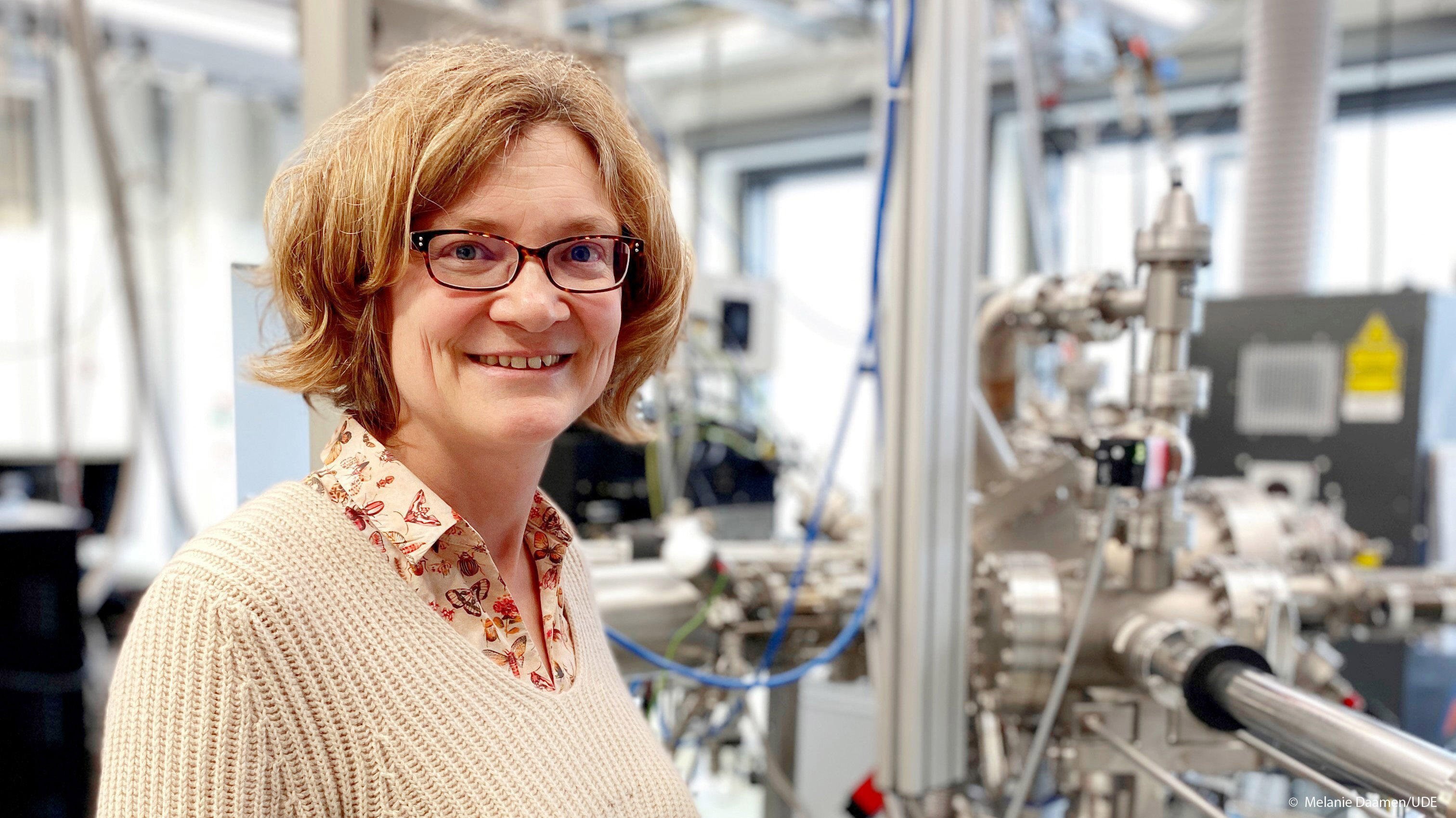
Towards a better understanding of material properties
An interdisciplinary perspective on phase transitions
- von Juliana Fischer
- 03.07.2023
When the Titanic collided with the iceberg, it broke apart. One of several reasons for the catastrophe: the steel used was extremely brittle. So-called phase transitions in the solid state explain this embrittlement of metals. As a result of temperature changes, material properties can change, as was the case in the collision with the iceberg. Today, a different type of steel would be used because scientists now know more about these phase transitions. Experts from materials science, physics and engineering are conducting research on these processes. Under the leadership of UDE professor Gabi Schierning, an article has now been published in Advanced Energy Materials* that takes an interdisciplinary look at the field and sets out future research goals.
In everyday life, we encounter phase transitions as changes in the state of aggregation, for example from liquid water to water vapour. In a phase transition in a solid, however, the state of aggregation remains the same. ‘The properties of the solid, on the other hand, do change, for instance due to pressure or temperature changes. A solid can become very brittle or magnetic once it reaches a certain temperature as changes occur in its crystal structure’, says materials scientist Gabi Schierning.
Prof. Dr. Anna Grünebohm from Ruhr University Bochum describes an example of the phase transition mechanism within a specific field of application: ‘A change in shape during the phase transition can be specifically exploited in medical technology when placing stents. Once inserted into the patient's body, the medical implants, triggered by a change in temperature, can change shape and expand in the clogged blood vessels."
In different scientific disciplines, phase transitions are studied from different angles. Engineers, for example, are interested in their role in construction materials such as steel screws. Solid-state physicists, on the other hand, explore what happens to the electrons during the phase transition and develop complex models for such processes. ‘In the article that has now been published in Advanced Energy Materials, our interdisciplinary research team has recorded the shared motifs and mechanisms that occur in experiments’, Gabi Schierning explains. As a result, the 14 authors have compiled the experiments that should be carried out on different materials and recorded which studies are underrepresented for which classes of materials and should therefore be undertaken. ‘We can derive guidelines for further interdisciplinary research from this’, says Prof. Dr. Gabi Schierning.
UDE’s Vice-Rector for Research and Early-Career Researchers, Prof. Dr. Astrid Westendorf, emphasises: ‘In UDE’s strategic research area Nanosciences , our experts use their understanding of the nanoscale to develop sustainable solutions for the energy supply of the future. It is precisely the interdisciplinary perspective of the scientists that makes it possible to develop solutions to problems taking into account different perspectives.’
Further information:
* About the publication: https://onlinelibrary.wiley.com/doi/full/10.1002/aenm.202300754
Prof. Dr. Gabi Schierning, Research Center Future Energy Materials and Systems, gabi.schierning@uni-due.de
